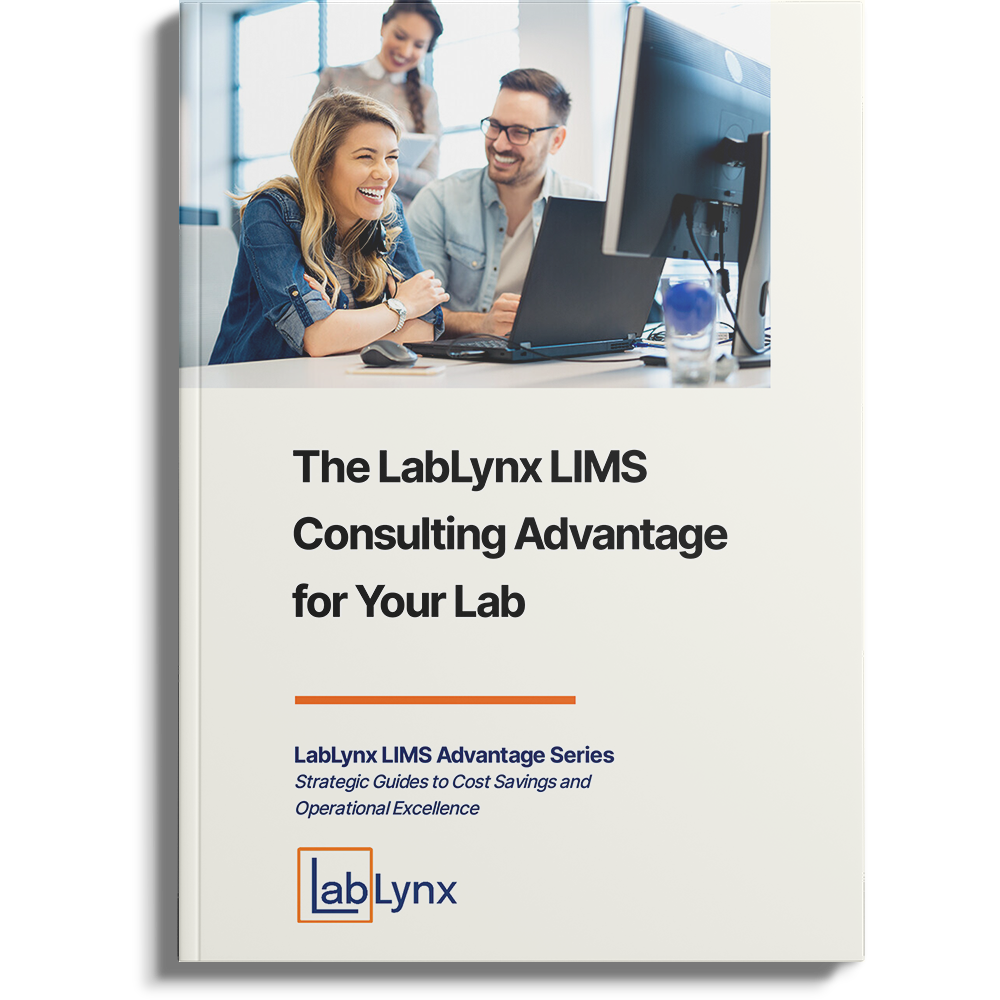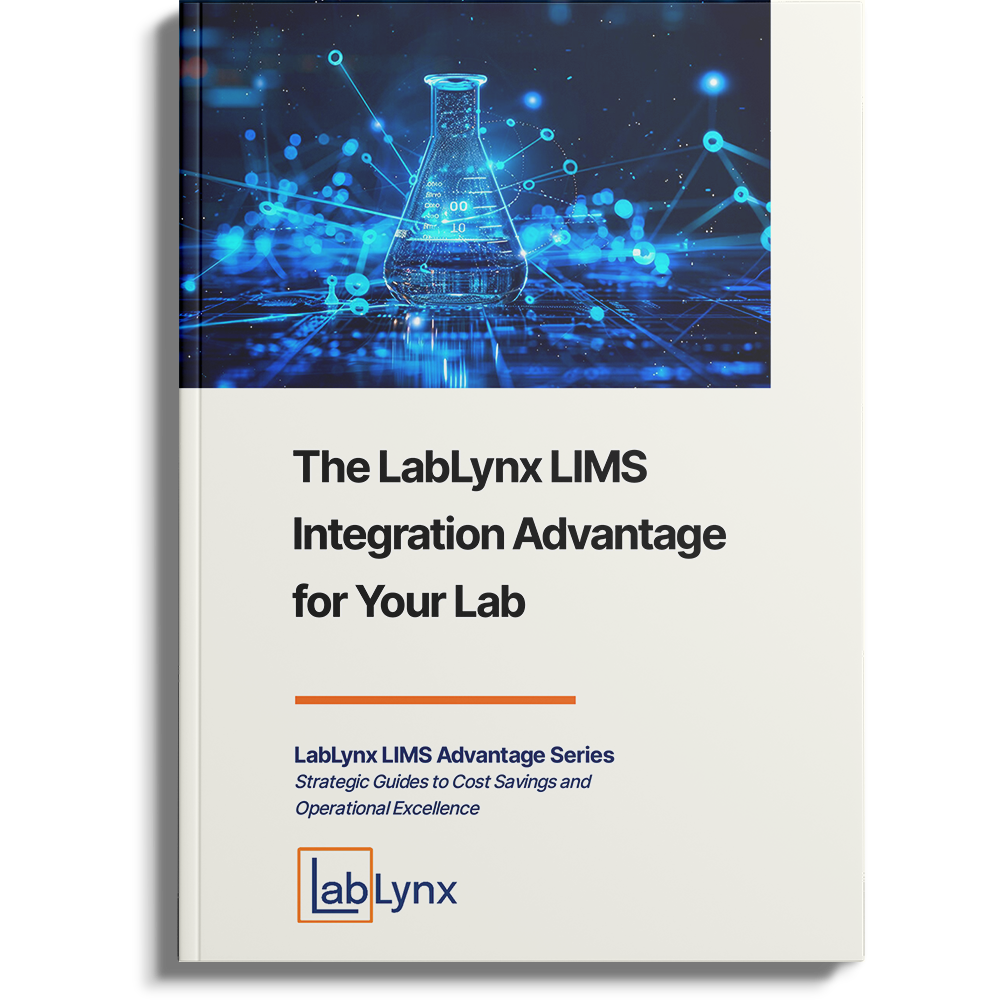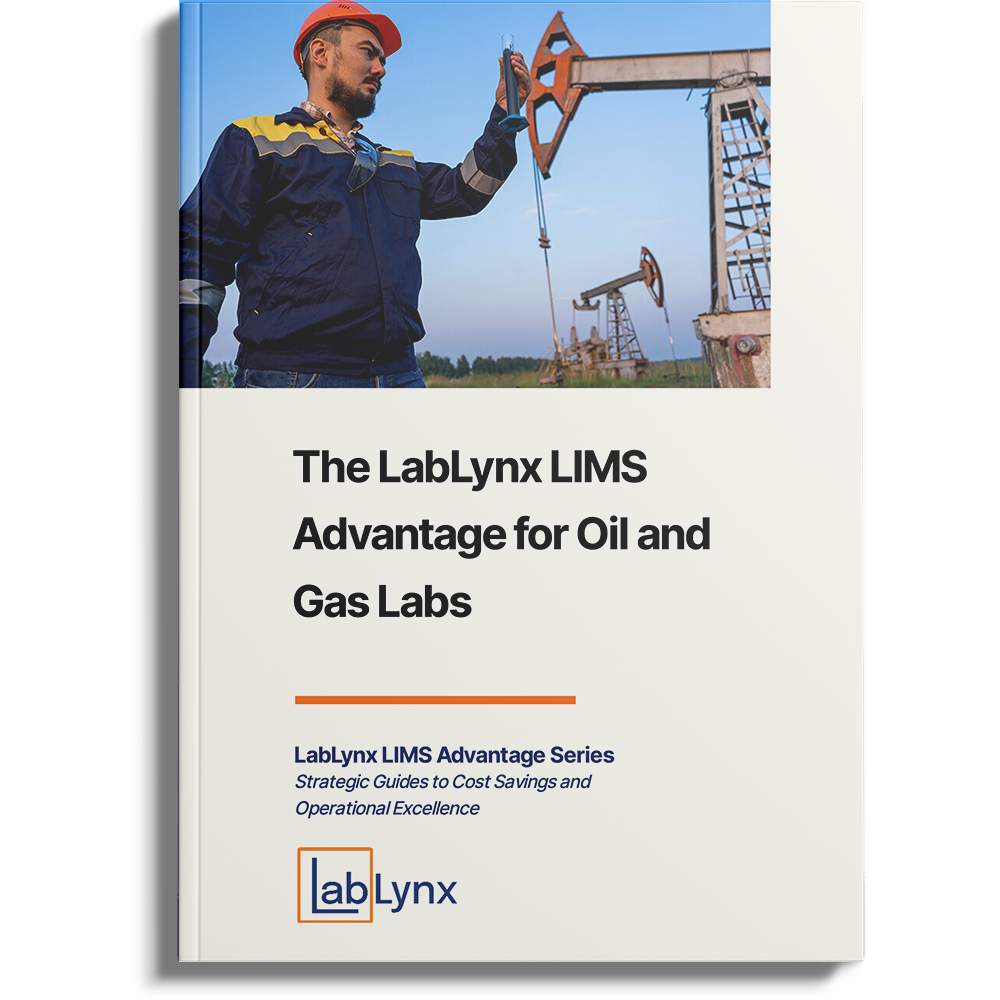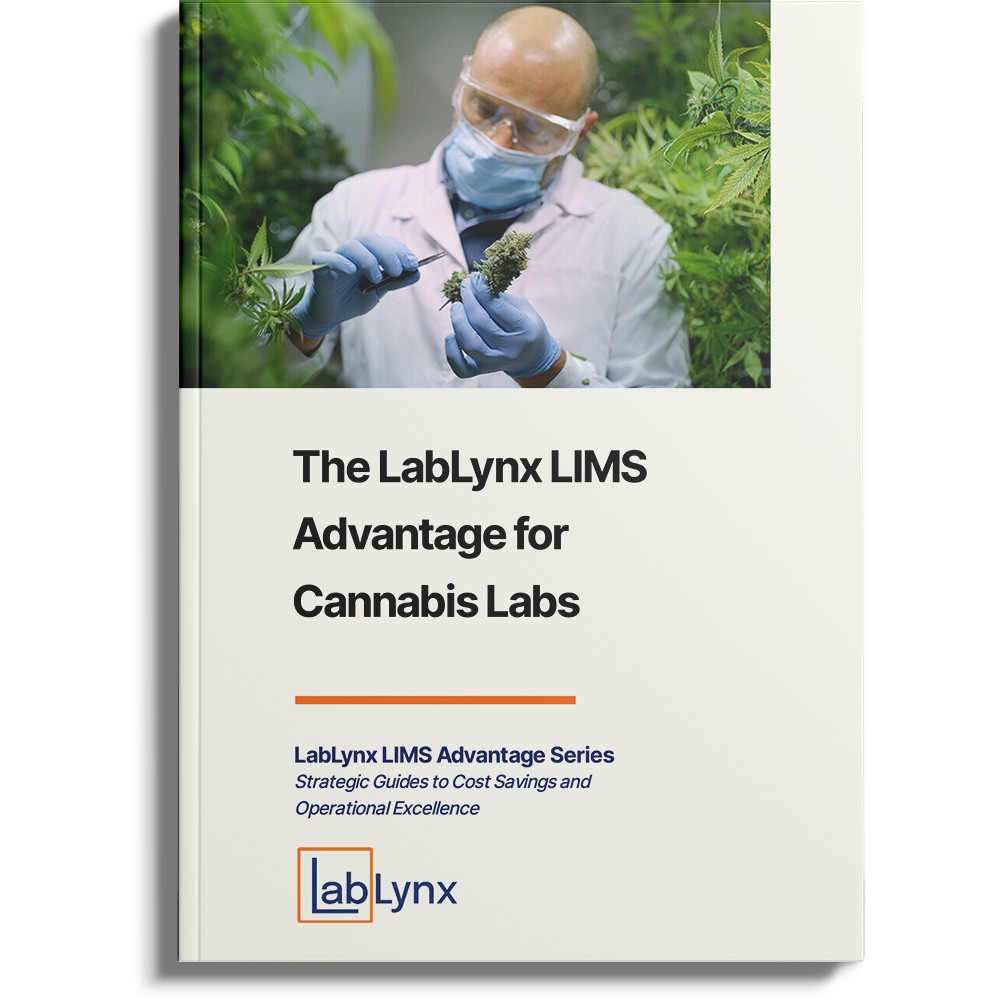
During most back-to-school sales you can pick up a basic college-ruled composition notebook for $1.00, or maybe even $0.50 if you shop around. Those 8” x 10” paperboard-covered, 100-page pads of paper are great for third-grade math homework and work exceptionally well as a teenage girl’s diary. But paper notebooks should have no place in a modern laboratory environment. Yet many labs still use them to record data and observations.
Yes, paper is cheap, even with the current economic inflation rate. And, yes, paper makes it easy to jot down a quick note, draw a rudimentary illustration, or scribble an idea before you forget it. But why would a lab be willing to spend over $100,000 on the latest model mass spectrometer or aseptic isolator, yet not be willing to spend even a dollar for its scientists to document their research findings and test results more efficiently and securely?
Risks for a paper-based lab
Maintaining a paper-based system for data collection poses several risks to your laboratory business. These risks include, unintelligible, unreachable, rigid data that is difficult to share, store, and secure to regulatory and best-practice standards.
Unintelligible data
Is that a “1” or a “7”? Should this be grams or milligrams, because it doesn’t say? There is no date on this page, so when did these results get recorded? Is that a drop of blood from the last test or a drop of ketchup from yesterday’s hamburger?
Illegible, misspelled, misread, or missing data make it impossible to repeat the test or report accurate findings. Not everyone has impeccable penmanship or can read cursive writing. Maybe your senior lab technician knows shorthand, but no one else in your lab can decipher their findings.
Humans make errors. At the very best, for every 1,000 results transcribed from an instrument, the human will make, on average, three to six mistakes. Typical error rates increase to 30 errors for every 1,000 results if any math or stress is involved.1 All these problems and more can be mitigated by moving to an electronic system that adds a level of conformity to data entry.
Unreachable and rigid data
There was a recent calibration made to a piece of your laboratory equipment, but you’re not sure when. You think it was last month, so you start the arduous task of flipping through page after page of last month’s instrumentation notebooks only to find nothing of value. Because you can’t find the information you need, you’re forced to stop what you’re doing and repeat the calibration again.
In a more common occurrence, a member of your lab team just can’t seem to focus and constantly transposes numbers from the sample results. By the end of the day, the notebook is filled with scratched-through lines, crossed-out data, correction tape, and the remnants of a torn-out page. An information management system can make data and information more findable and more readily revisable, while fully documenting the specifics around the revisions made.
Difficult-to-share data
Collaborative information sharing is crucial in a scientific laboratory environment. The tests and results performed by a Level 1 lab tech in your Boise, Idaho, lab need to be reviewed and approved by your laboratory manager or director; however, they work in your lab in Boston, Massachusetts. Notebooks of data either have to be mailed back and forth, or time needs to be spent scanning data to a computer for a file transfer. With an internet-reachable information management solution, sharing and collaborating becomes so much easier.
Storage issues
Some labs are already strapped for space, with personnel finding they must work in tight quarters. Devoting half of the lab’s inventory closet to store boxes and boxes of paperwork for 35 years is not a long-term solution. And what about fire or flood damage? Paper is fragile. Even the slightest amount of moisture can turn your records into a moldy mess. With proper backups and protections, an electronic system can alleviate some of these headaches.
Data privacy and security issues
Your lead scientist is out to lunch and left her notebook on the lab table. Any unauthorized lab technician could review the findings in that journal or pick up where the lead left off and perform tests they are not trained to do.
Or worse, your lab director takes home a notebook that contains last year’s clinical trial data to study the results and draw some new conclusions based on this year’s trial. In haste, your director accidently drops the book on the floor of the #12 bus when he realizes he’s about to miss his stop. You better hope there was no patient data in that notebook. A properly secured informatics system, with role-based access, can ensure proprietary and personally identifying data is protected.
Compliance issues
If your lab is ever audited, you will need to prove your tests were conducted in the correct environment, following the standard regulations. What happens when you can’t find the notebook that recorded test results from August 2019 through October 2019? Your lab could fail the audit and possibly lose accreditations. An information management solution that protects data and information, while maintaining an audit trail, means that research and analytical data is more readily retrievable, time-stamped, and attributable.
Let a LIMS replace your paper-based system
A laboratory information management system (LIMS) is the solution to a paper-based laboratory’s challenges and risks. Well-designed, effective software tailored to your lab’s needs—like the LabLynx ELab LIMS—can improve laboratory operations, increase productivity, and remove the notebooks forever.
- With the LabLynx ELab LIMS, your lab gains the ability for fast, validated, and complete data entry. Set limits and know immediately when a miskey generates an error. Integrate your laboratory instruments and results transfer directly to the LIMS with no manual data keying.
- ELab LIMS is a cloud-based system, so all of your data is stored in the cloud, encrypted for the highest level of security. Years and years of sample results, employee records, training certifications, and standard operating procedures (SOPs) are available, but only for those users authorized to view that data.
- Do you have labs across town, across the country, or across the globe? The ELab LIMS allows your entire laboratory operation access to all data and results as soon as a lab tech clicks the save button.
- With the ELab LIMS, you can easily demonstrate to auditors the accurate timeline of testing, that regulatory guidelines were met, and the certificates of analysis are valid.
- Manage inventory and instrument maintenance with the LabLynx ELab LIMS. Get alerts when reagent quantities are low and reminders to perform required maintenance or calibrations.
To learn how you can start optimizing your lab’s operations and reduce the risks of your current paper-based system, visit LabLynx.com or contact our team at sales@lablynx.com.
Sources
1 https://www.bionity.com/en/whitepapers/126353/delivering-on-the-promise-of-the-paperless-lab.html




